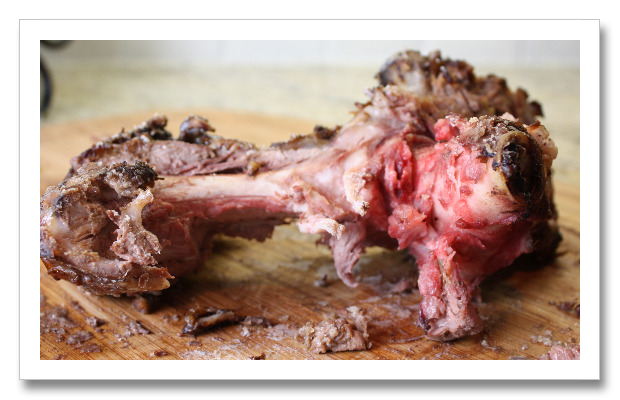
Ah yes. You will believe me when I say it was delicious, right? When all you can see is the pitiful bone left after serving a big dinner to guests? And you’ll forgive me for not taking a photo of the finished roast? I hope so!
If it were cooler weather I’d have made some kind of soup with the bone, but alas, it’s too hot in the kitchen or our outdoor patio dining area to make or eat hot soup. So this bone got chucked in the trash. But the meat that came from it was quite good. Good enough that I’d make it again. Easy enough too.
I turned to one of my favorite barbecue cookbooks of late, Steven Raichlen’s The Barbecue! Bible. You don’t find all that many recipes for barbecued lamb anywhere. Raichlen has several in this book (well, the cookbook has 500+ barbecue recipes). Anyway, I had all the ingredients on hand (always a good sign). All it took was to buy a bone-in leg of lamb and making the relatively simple marinade. And cutting a bunch of slits in the meat to stuff in little slivers of garlic and fresh ginger.
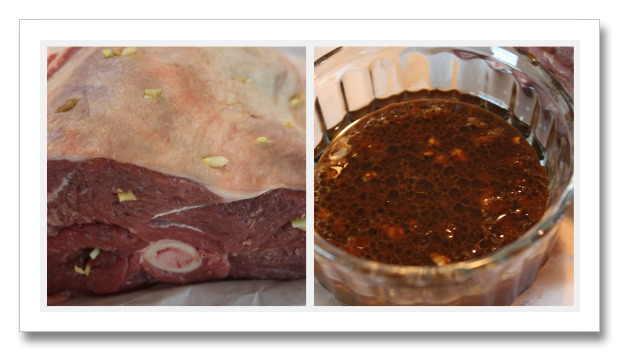
There you can see all the little studs of garlic and ginger. And the Worcestershire and soy marinade. The meat sat in the frig for about 8 hours with the marinade. Once drained, it went onto the barbecue with indirect heat (no searing of any of the meat) with a drip pan below the grates. It stayed there for about 2 hours, until the meat thermometer hit 160°. This meat wants moderate heat, not high heat. It’s a roast, you know! It sat for about 10 minutes lightly tented with foil before we sliced and served it.
With the pineapple relish stuff Raichlen recommends in the book. Raichlen has traveled the world over for ethnic recipes, and he certainly adheres to the adages in the book, The World Is Flat 3.0: A Brief History of the Twenty-first Century. If you haven’t read it, Thomas Friedman dissects how, in our global economy, we can so easily buy (now) a Thai urn, kites from China, saffron from Spain, lentils from Morocco. Or talk to a computer expert in India as if he or she is 20 miles away. And the products are all available at our local stores. In this case Raichlen doesn’t care that the meat preparation is a South African method, and the relish served with it is Vietnamese. And he suggests it be served with Persian-steamed rice. I don’t actually know what that means, Persian rice that’s steamed, or is it a particular cooking method that makes rice steamed in the Persian style. Anyway, it doesn’t matter. I didn’t serve it.
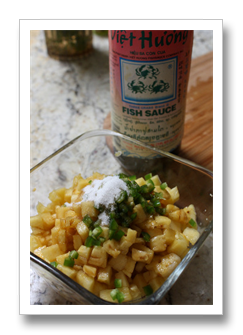
Back to the Achar. It’s a relish composed of fresh, diced pineapple mixed with a bit of Vietnamese fish sauce. Now, I can already see you turning up your noses! Here in Southern California we’re used to fish sauce because we have a sizable Vietnamese community near us. And oodles of Vietnamese restaurants too. We’ve learned to appreciate all the different foods from that country. But almost everything is seasoned with fish sauce. It’s even standard in regular (non-ethnic) grocery stores. It’s like soy sauce to the Japanese, paprika in all forms to the Hungarians (they don’t even put black pepper on the table, just salt and paprika), salsa or pico de gallo to the Mexicans. So, there’s fish sauce for the Vietnamese. It’s a condiment served on every Vietnamese table. And it doesn’t taste like fish. You’d think it would, being called “fish” sauce and all, but it’s a salty liquid that comes from anchovies. In the picture, the bottle of fish sauce is there in the background. In the center of the bottle label is a graphic of three crabs – Anglos call it the “Three Crabs” fish sauce. It’s the premium brand. Below you can see the relish – with the chiles and sugar. This mixture doesn’t require any marinating time – just mix it up and serve it.
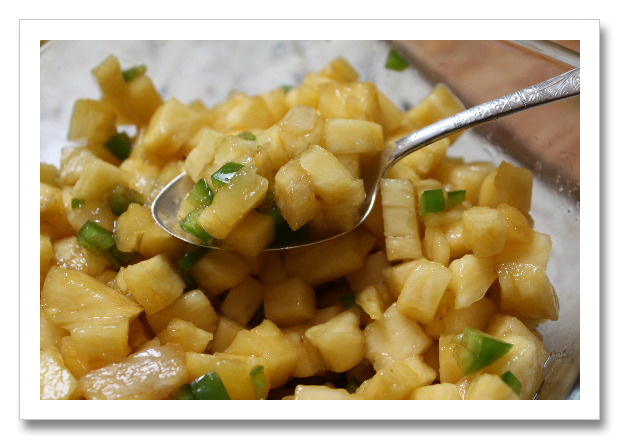
It went really well with the lamb, even though it IS a Vietnamese relish served with a South African barbecue lamb dish! The only thing I’d change next time – I think I’d do a butterflied leg of lamb instead. There wasn’t enough meat on the roast I bought. I know that the bone-in is a better way to roast, but the boneless is so much easier.
printer-friendly PDF for the lamb and pineapple achar
Lamb Leg Capetown Style
Recipe: Steven Raichlen’s The Barbecue! Bible
Serving Size: 12
LAMB:
7 pounds leg of lamb — bone-in
6 whole garlic cloves — cut into thin slivers
6 slices fresh ginger — cut into thin slivers
MARINADE:
1/4 cup Worcestershire sauce
1/4 cup soy sauce
1/4 cup firmly packed brown sugar
1/4 cup Dijon mustard
1 tablespoon dry mustard
1/4 cup fresh lemon juice — and zest
3 tablespoons vegetable oil
3 whole garlic cloves — minced
1 tablespoon minced fresh ginger
salt & freshly ground black pepper — to taste
PINEAPPLE ACHAR:
1 tablespoon Asian fish sauce
1 tablespoon fresh lime juice — or more, to taste
1 tablespoon sugar
3 cups fresh pineapple — diced
1 whole jalapeno chile pepper — seeded, ribs removed, finely minced
1. Using the tip of a sharp paring knife, make slits about an inch deep all over the surface of the lamb, spacing them about an inch apart. Insert a sliver each of garlic and ginger into each slit.
Place the lamb in a non-reactive roasting pan and set aside while you prepare the Marinade.
2. Combine the Worcestershire sauce, soy sauce, sugar, both the mustards, lemon juice, oil, garlic, ginger, scallions, red pepper flakes,coriander, and cumin seeds in a small, heavy saucepan and bring to a boil over medium heat, stirring to dissolve the sugar. Cook until thick and syrupy, about 3 minutes, stirring frequently to prevent sticking. Remove from the heat and taste for seasoning, adding salt and pepper as necessary. Let cool to room temperature.
3. Pour half the cooled marinade over the lamb in the roasting pan, brushing to coat on all sides. Cover and let marinate, in the refrigerator, for 3 to 8 hours.
4. Set up the grill for indirect grilling (check in the grilling forum about inderect heat). placing a large drip pan in the center, and preheat to medium. When ready to cook, place the lamb on the hot grate over the drip pan and brush with more glaze. Cover the grill and cook the lamb until done to taste, 2 to 2 1/2 hours; an instant-read meat thermometer inserted in the thickest part of the leg (but not touching the bone) will register 16Q`F for medium. Brush the leg with glaze two or three times during cooking. If using a charcoal grill, add 10 to 12 fresh coals per side every hour.
5. Transfer the lamb to a cutting board and brush one last time with marinade, then let stand for 10 minutes before carving. While the lamb stands, heat any remaining marinade to serve as a sauce with the lamb.
PINEAPPLE ACHAR: Combine in a bowl all ingredients and taste for seasoning, adding more fish sauce, sugar or lime juice. The mixture should be sweet, fruity, tart and a bit salty. Serve immediately.
Per Serving (assumes you eat all the meat and pineapple): 578 Calories; 40g Fat (62.3% calories from fat); 39g Protein; 15g Carbohydrate; 1g Dietary Fiber; 144mg Cholesterol; 576mg Sodium.
One year Ago: Peach Cobbler
Two years ago: Barbecued Beans
Three years ago: Crisp Apple Pudding (my all-time favorite, my mother’s recipe)






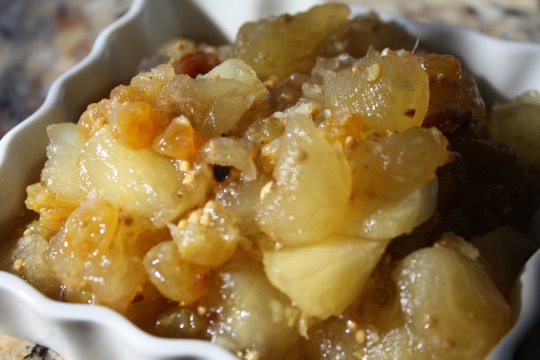
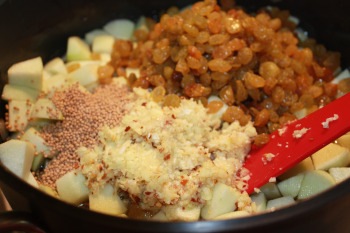
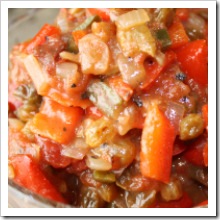 Red Peppers for Cold Meats
Red Peppers for Cold Meats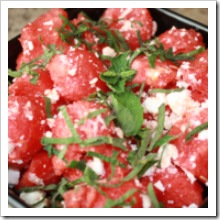 Minted Watermelon & Feta Salad
Minted Watermelon & Feta Salad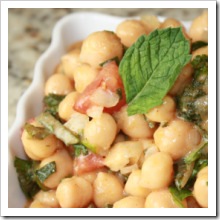
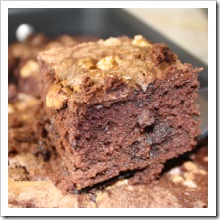 German Chocolate Chip Cake
German Chocolate Chip Cake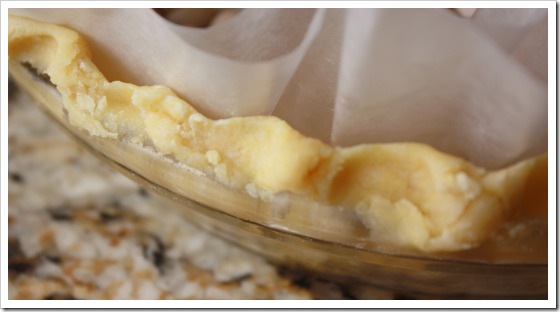
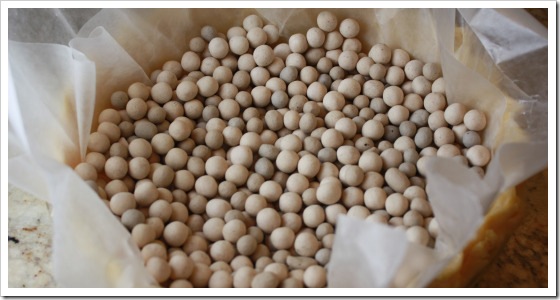
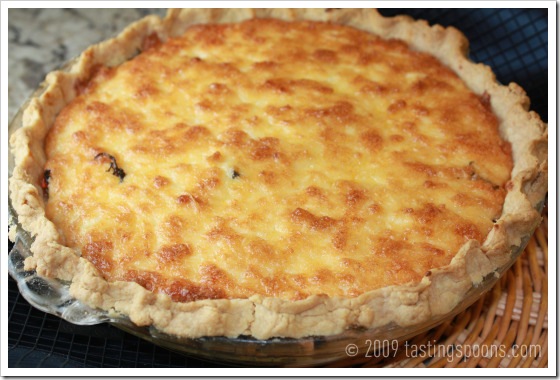
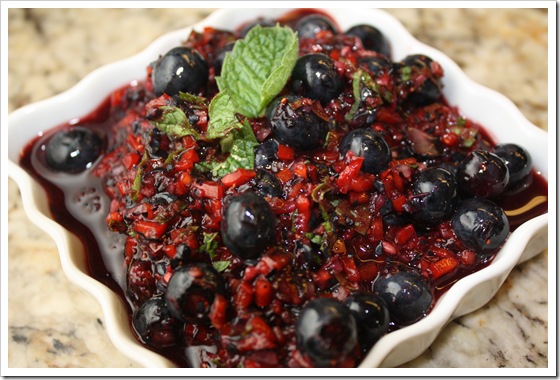
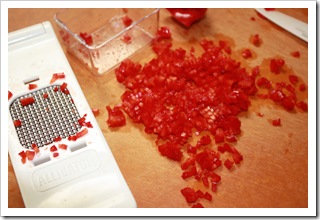
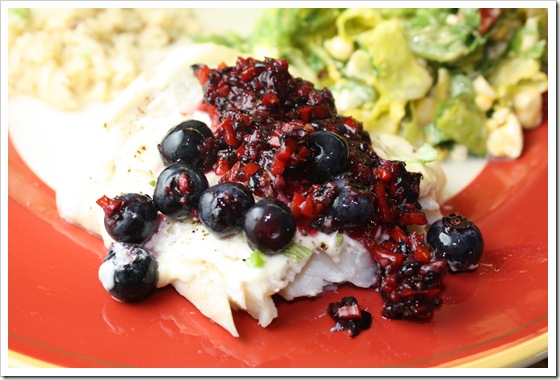
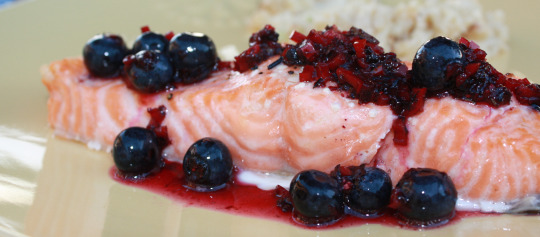
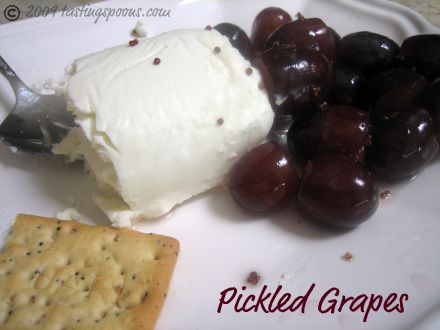
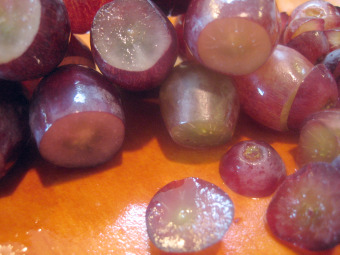 Possibly I’d never have tried this recipe except that
Possibly I’d never have tried this recipe except that 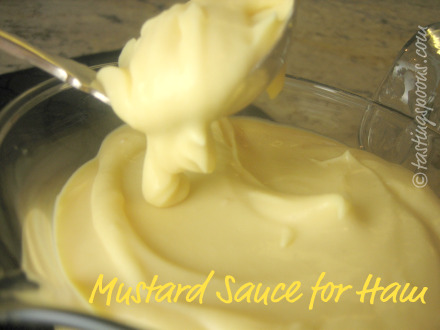
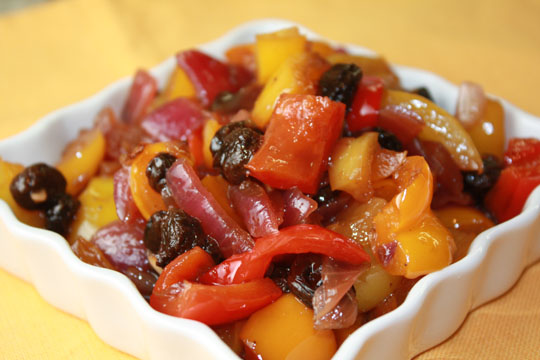
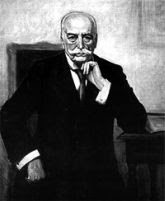
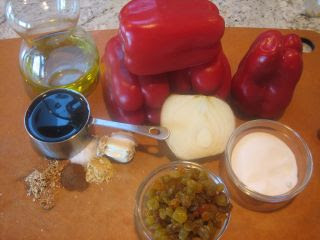
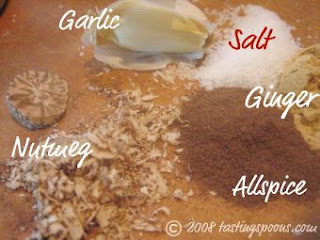
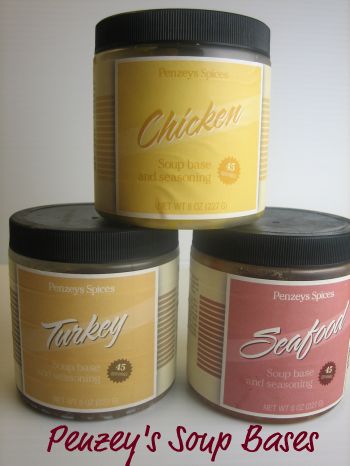
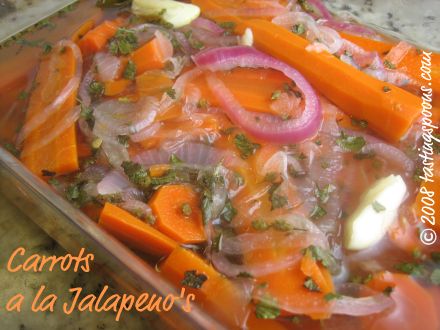
Leave a Comment!